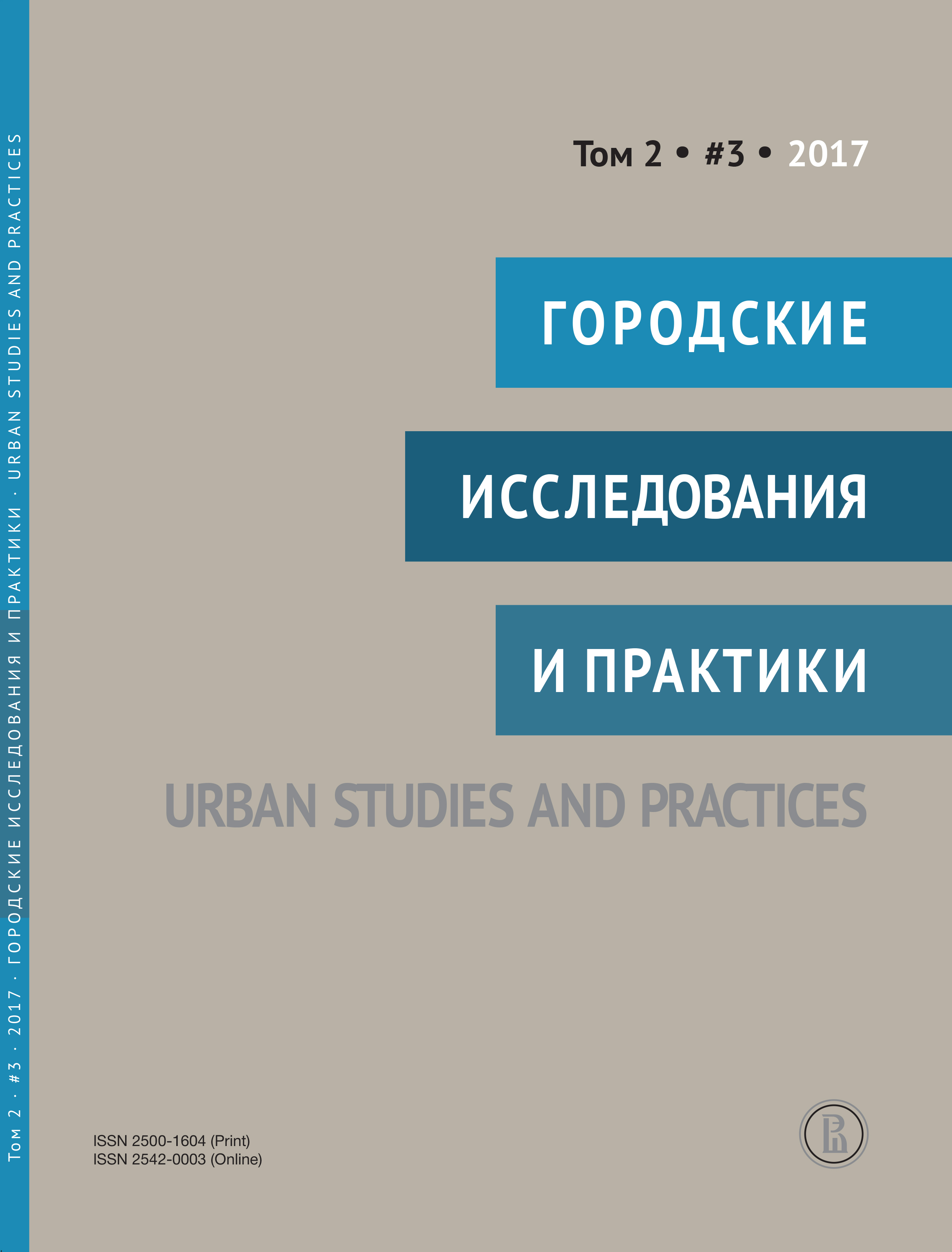Collective Gardens as a New House Type in Largest Cities
(The Case of Rostov-on-Don)
Abstract
Garden territories located within cities form a kind of a mix of residential and recreational development which demands meaningful public investments into transportation and social infrastructure. Gardens as available and comfortable low-rise housing are being under-estimated by urban planning practices in Russia. In order to reorganize gardens into residential clusters/districts, fully-fledged public spaces need to be formed.
In the article historical specifics of collective gardens’ formation and development are being analyzed, core tendencies in gardens’ spatial development are being highlighted and studied. Using the urban planning documentation that is being developed at the moment, the author analyzes the local housing policy towards collective gardens and studies several gardening communities located in Rostov-on-Don. On the basis of observations the author highlights the specificity of garden building typology, the algorithm of land segmentation during reconstruction of the gardens and reveals the tendencies in spatial organization of the garden territories.

